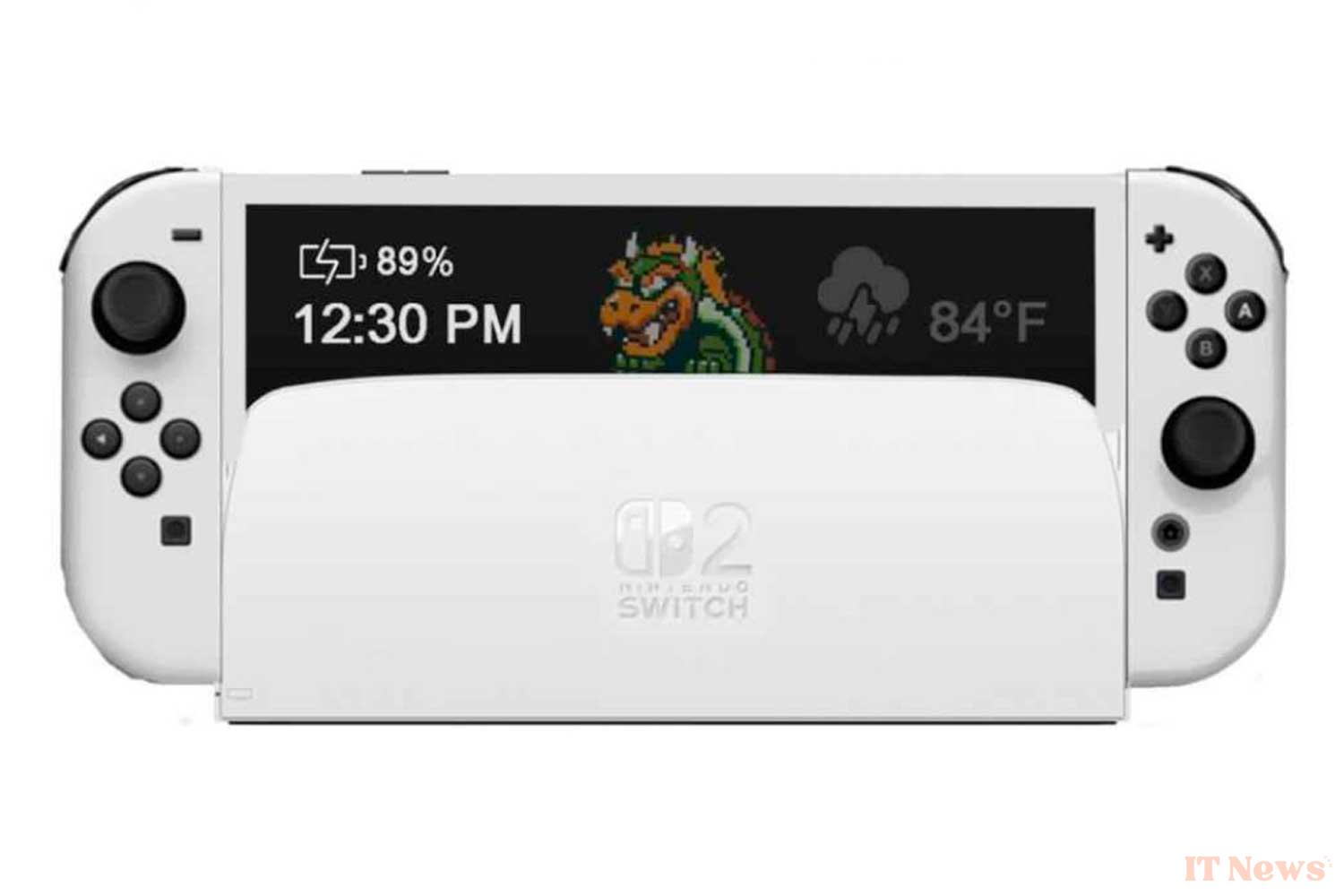Nintendo is set to release a new console in 2025 and could revolutionize portable gaming once again. The second-generation Switch (or Switch 2) is highly anticipated and rumors are flying about the new console's features. Eight years after the first Switch, many improvements are expected and a jump in performance is to be expected. On the other hand, Big N could have a funny surprise in store when it comes to the display of its new console.
Goodbye OLED, hello LCD?
The latest information from leaker Deck Wizard, on X, mentions the “return” LCD technology on the Switch 2 screen. A surprising choice given that Nintendo opted for an OLED screen when it updated its Switch in 2021. As with smartphones or televisions, the advantages of OLED are numerous on a portable console like the Switch. Blacks are deeper and players have access to better contrast, more vivid and precise colors, faster response times and wider viewing angles.
OLED screens are also less energy-hungry than LCD screens, which helps to benefit from better battery life on your console. Finally, OLED screens do not require backlighting and can be thinner and lighter than LCD screens. These are all advantages that explain why Nintendo and Valve have improved their respective consoles by opting for OLED (Switch OLED and Steam Deck OLED).
A step backwards that hides good news for the wallet?
Like the first Switch, Nintendo could therefore return to a more classic LCD panel and skip the OLED. At least initially, because we wouldn't be surprised to see the Japanese giant apply the same recipe as with the first generation of Switch. In order to spread the lifespan of its machine, Big N could relaunch a Switch 2 OLED in a few years.
Gamers used to the OLED screen of their Switch will probably be surprised to switch back to an LCD panel. However, it is still possible to make excellent portable consoles by offering LCD technology. The Lenovo Legion Go, Asus ROG Ally, and even the recent ROG Ally X have very good quality LCD panels.
Although OLED is gaining ground in the market, LCD screens still have some advantages that make them still relevant. Despite the progress of OLED, LCD is less prone to the phenomenon of "burn-in" (marking) which can leave an indelible mark on the panel. As a result, the lifespan of an LCD screen is generally longer.
Above all, LCD screens are cheaper to produce than their OLED counterparts. For consumers, this translates into more attractive prices and Nintendo could therefore limit the price of its new console.



0 Comments